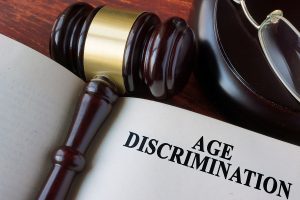Employees in New Jersey have legal protections against age discrimination, including when you apply for a new role within the same organization. In a recent decision, Campagna v. Washington Township Public Schools, the United States District Court for the District of New Jersey denied the employer’s motion for summary judgment and allowed the case to proceed toward trial. In plain terms, the judge ruled that a jury could reasonably find that age played a role in the decision not to allow the employee to advance to the second round of interviews for the position.
If you are searching for a Bergen County employment lawyer because you believe your employer passed you over due to age, this opinion can help you understand they type of facts that may support your claim.
The Background
Guy Campagna worked for the Washington Township Public School District as a physical education teacher. He began with the District in 2006 and served as the sole PE teacher at an elementary school. According to the court’s opinion, he maintained a clean disciplinary history, received positive evaluations, and was recognized as the District’s Teacher of the Year for the 2017 to 2018 academic year.
 New Jersey Employment Lawyer Blog
New Jersey Employment Lawyer Blog


 In many
In many 





